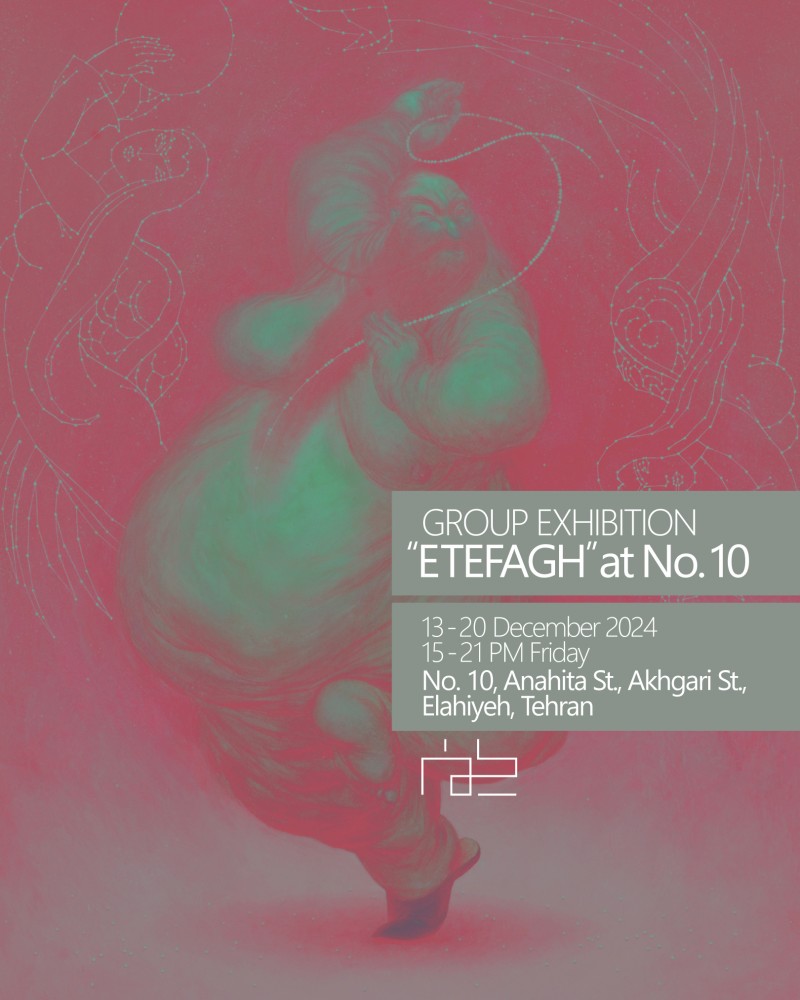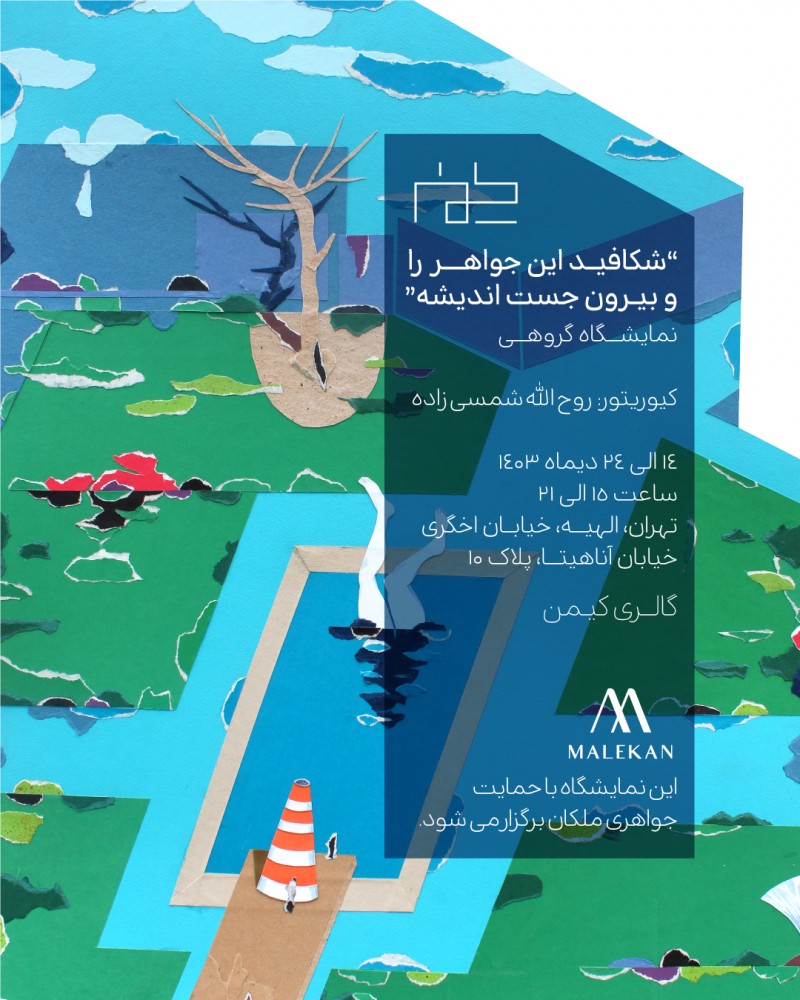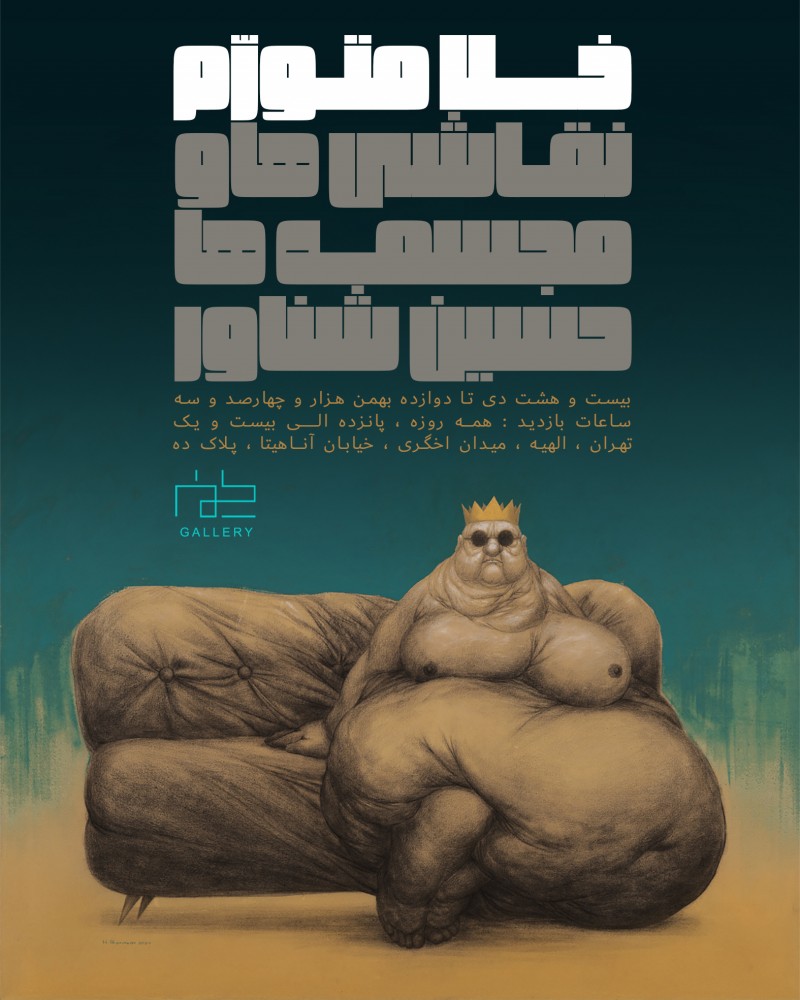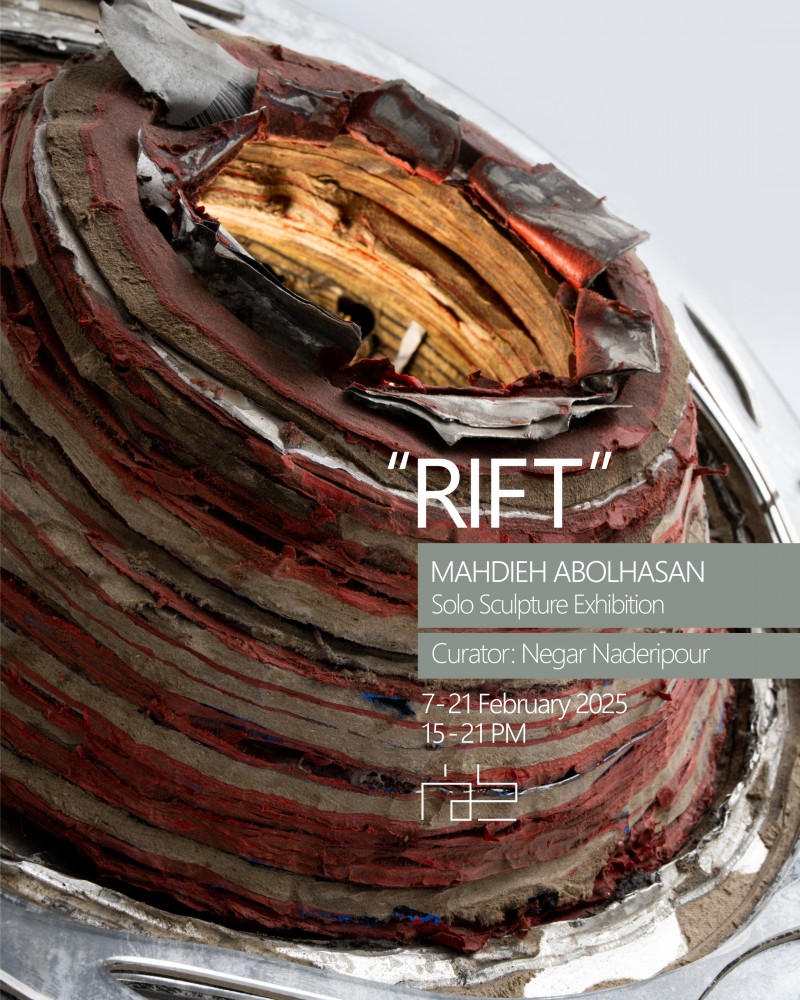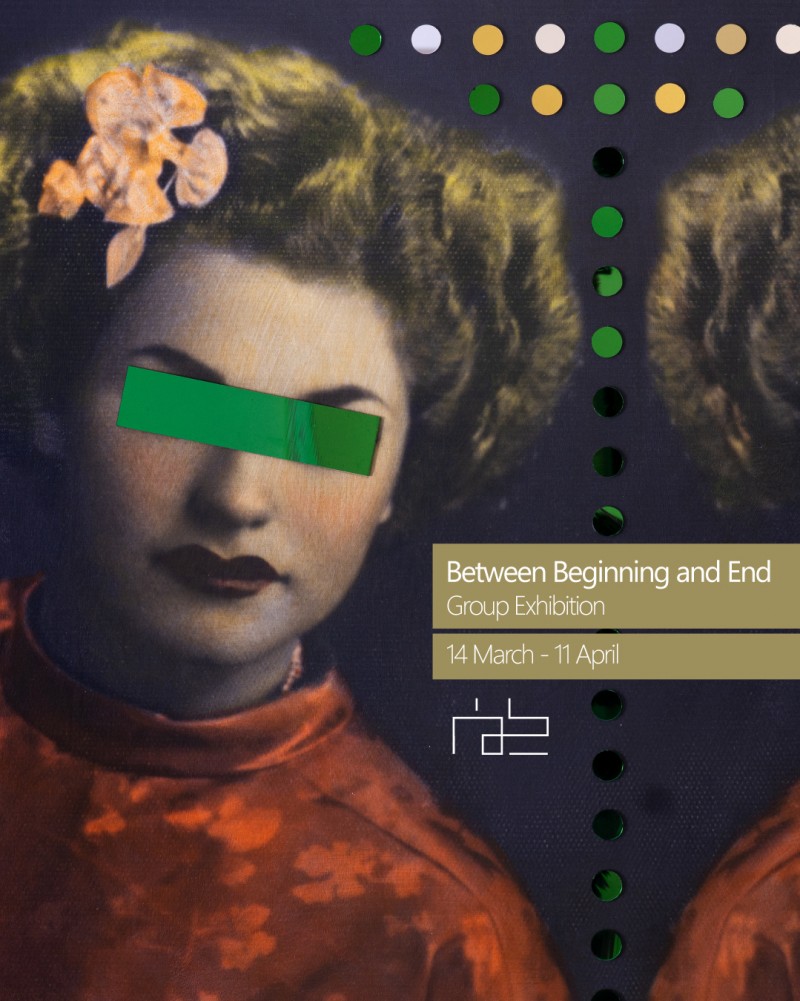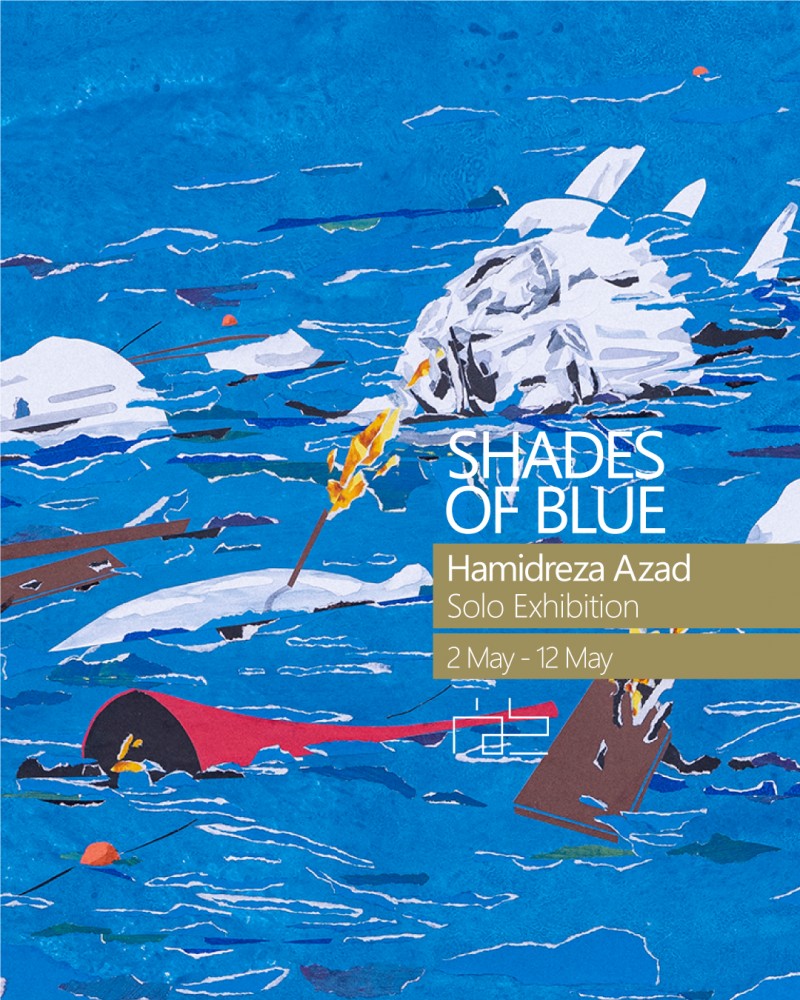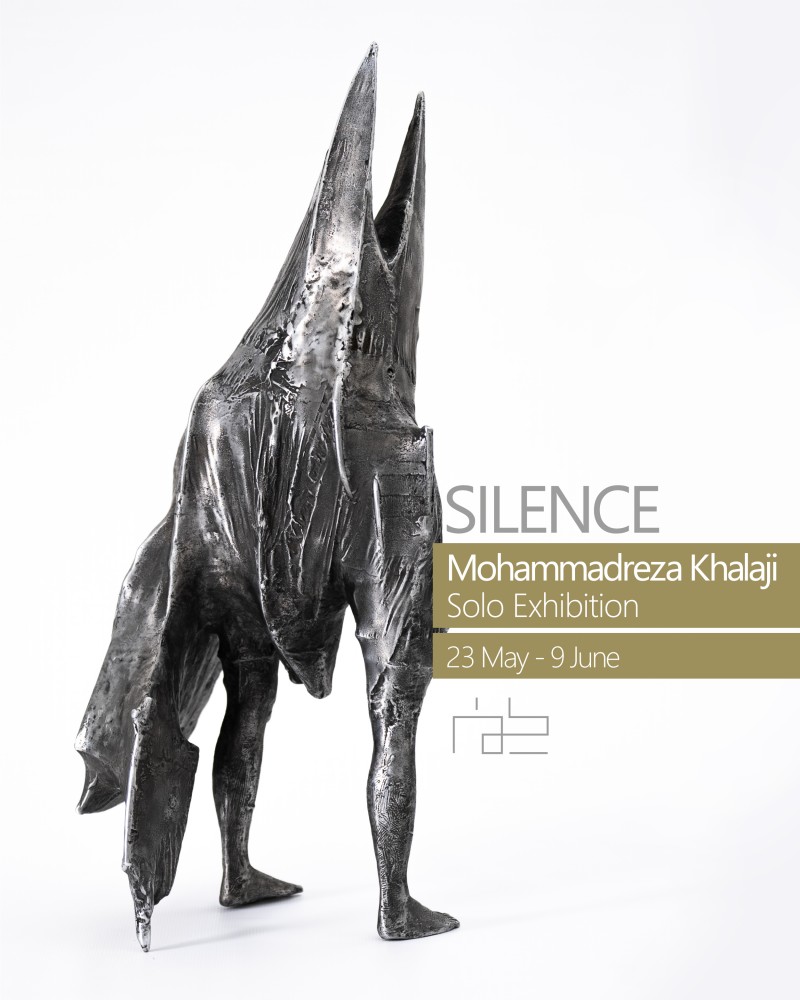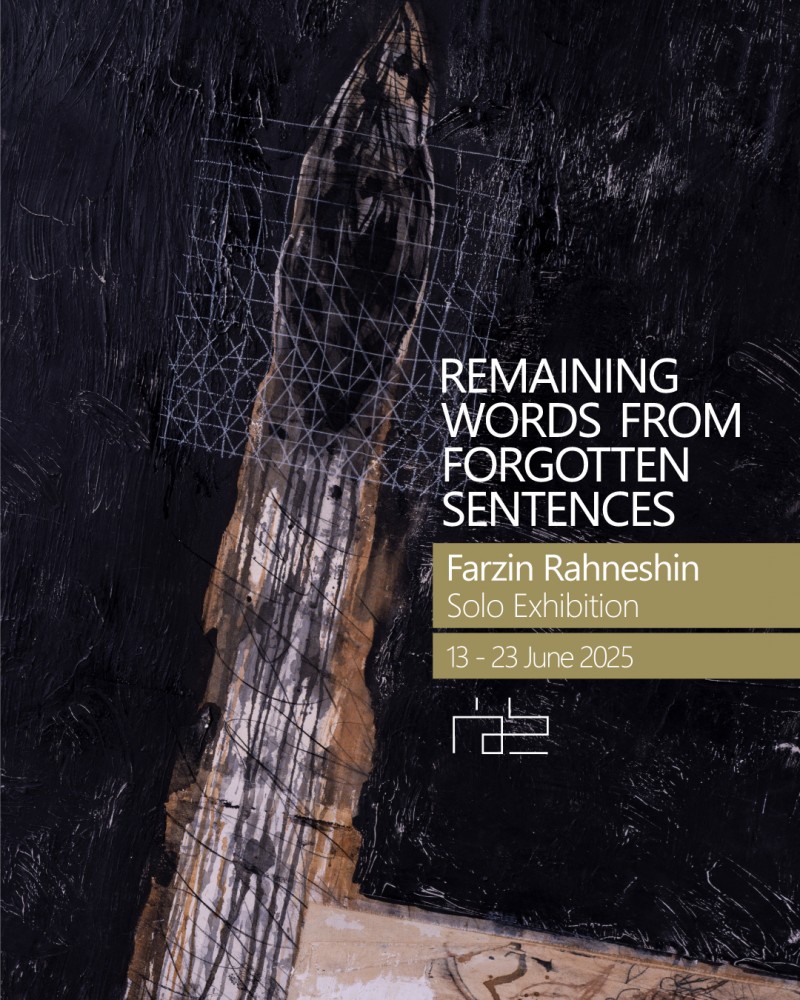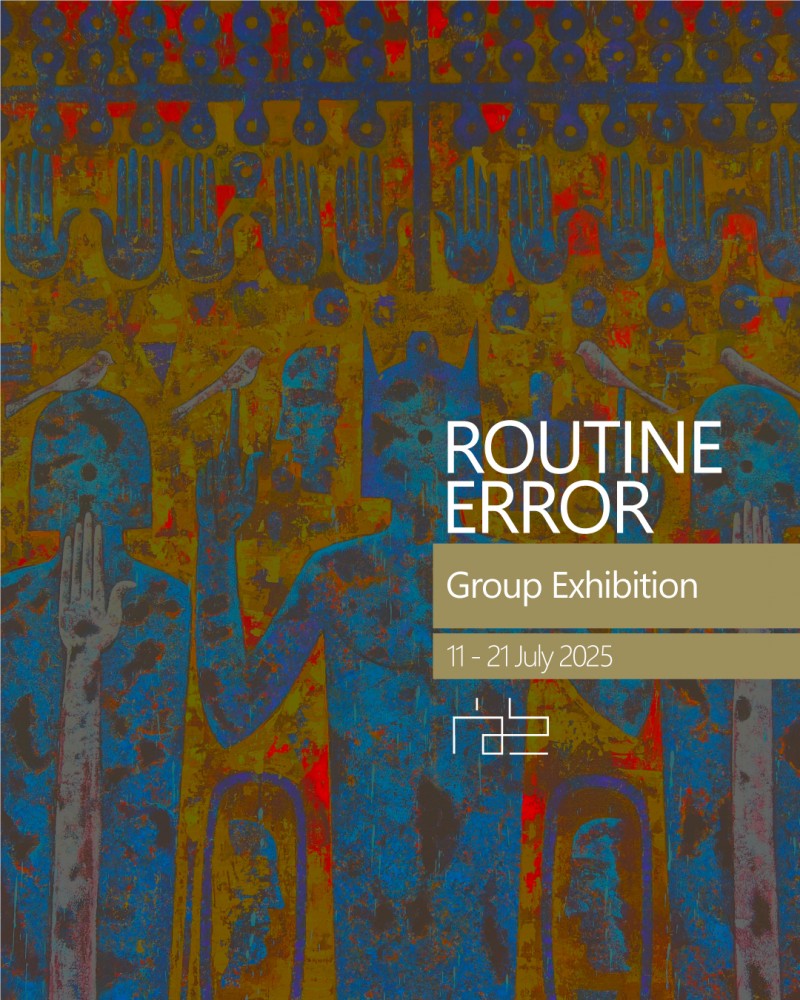welcome to exhibition
Hamidreza Azad
born on 1993
in Amol, Iran
movie
statement
Behrang Samadzadegan
Hamidreza Azad’s paintings do not begin with construction—they emerge from collapse. By deconstructing image and narrative, he transforms the surface into a field of experience, where cutting, covering, revealing, and repeating become tools for rethinking meaning and form.
Azad does not merely deconstruct form—he challenges the notion of unified meaning. He engages in visual archaeology, excavating layers of memory, significance, and cultural reference. Although composed of familiar elements, his cut fragments appear in unfamiliar arrangements. These fragmented compositions prompt viewers to reexamine, reconstruct, and live within ambiguity. This approach reflects our present condition, where personal and collective identity is no longer fixed, but fluid, fractured, and often contradictory.
His creative process oscillates between deconstruction and reconstruction; between dismantling and imagining. He suggests that the possibility for new forms of imagination emerges in the collapse of form. His images are always on the verge of disintegration, yet they often hold together through rhythm, repetition, or a subtle narrative thread.
Material plays a crucial role in this process—cardboard, paint, and scratched textures become expressive agents. Accident and free association are also embraced in the service of meaning-making, but a meaning that is not predetermined; it unfolds through encounter and viewer participation.
Azad confronts us with a world in which fragmentation is not a sign of breakdown, but a space of potential and transformation. His works invite us to explore the emptiness between images—to discover a new, unstable, and alive meaning.
Hamidreza Azad’s paintings do not begin with construction—they emerge from collapse. By deconstructing image and narrative, he transforms the surface into a field of experience, where cutting, covering, revealing, and repeating become tools for rethinking meaning and form.
Azad does not merely deconstruct form—he challenges the notion of unified meaning. He engages in visual archaeology, excavating layers of memory, significance, and cultural reference. Although composed of familiar elements, his cut fragments appear in unfamiliar arrangements. These fragmented compositions prompt viewers to reexamine, reconstruct, and live within ambiguity. This approach reflects our present condition, where personal and collective identity is no longer fixed, but fluid, fractured, and often contradictory.
His creative process oscillates between deconstruction and reconstruction; between dismantling and imagining. He suggests that the possibility for new forms of imagination emerges in the collapse of form. His images are always on the verge of disintegration, yet they often hold together through rhythm, repetition, or a subtle narrative thread.
Material plays a crucial role in this process—cardboard, paint, and scratched textures become expressive agents. Accident and free association are also embraced in the service of meaning-making, but a meaning that is not predetermined; it unfolds through encounter and viewer participation.
Azad confronts us with a world in which fragmentation is not a sign of breakdown, but a space of potential and transformation. His works invite us to explore the emptiness between images—to discover a new, unstable, and alive meaning.
Artworks
Other available
past exhibitions
